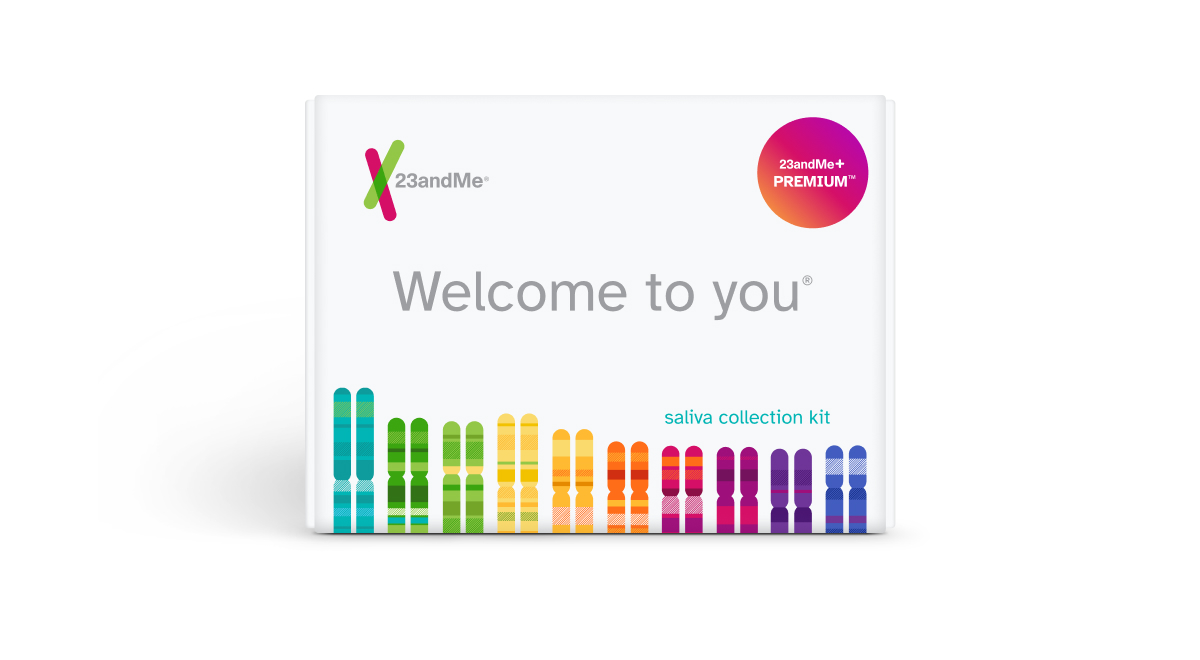Is Rosacea Genetic? Explore Rosacea and what your DNA can tell you
What is rosacea?
Rosacea is a chronic skin condition that typically affects the central parts of the face, most commonly the cheeks and nose. Rosacea is often characterized by persistent redness or visible blood vessels near the surface of the skin, but symptoms vary from person to person. Scientists are still working to understand what causes rosacea, and many different theories have been proposed. Evidence suggests that it is likely due to a combination of factors, including genetics and inflammation caused by an overactive immune system. Other contributing factors may include overreactive blood vessels in the face that dilate too easily, extra sensitivity to certain microorganisms that naturally live on the skin, and an imbalance of natural bacteria that live in the gut.

How can rosacea impact your health?
Symptoms of rosacea can vary from person to person, may come and go over time, and can flare up in response to environmental triggers. One of the most common symptoms is persistent redness or flushing that may cause a burning or stinging sensation. Flushing tends to be less noticeable in people with darker skin, which may make it more difficult to determine a rosacea diagnosis. Some people with rosacea may also experience irritation or inflammation of the eyes or eyelids, or the formation of small bumps that may be mistaken for acne. In more severe cases of rosacea, the skin may thicken, especially on the nose, causing the tip of the nose to look bumpy and round. Rosacea may also cause feelings of embarrassment, low self-esteem, anxiety, or depression.
For people with rosacea, lifestyle modifications and other treatments, including medications and light-based therapies, can help ease symptoms. Counseling and/or support groups can also help individuals cope with rosacea.

Is rosacea genetic?
Genetics do play a role in rosacea. This means some people may be more likely to develop rosacea than others, depending on their genetics. It is actually the impact of many different genetic variants combined that can affect a person’s chances of developing rosacea. Individually, each of these variants only has a small impact on a person’s genetic likelihood, but that impact can grow when many variants are considered together. 23andMe takes into account 14,154 genetic markers to estimate the likelihood of developing rosacea. But keep in mind that genetics is only part of the story.
Find Out if Your Genetics Might Increase Your Likelihood for Developing Rosacea.
Other factors that may cause an increased likelihood of rosacea
It is estimated that around 5% of adults have rosacea. Besides genetics and environment, some factors that can increase a person’s chances of developing rosacea include:
- Family history
- Age (rosacea is more common as people get older)
- Sex (rosacea is more common in females but males tend to develop more severe symptoms, specifically thickened skin on the nose)

Find out if your genetics might increase your likelihood of developing Rosacea
Curious whether you have an increased likelihood of developing rosacea based on your genetics? Find out more with the Rosacea report (Powered by 23andMe Research), part of the 23andMe+ Premium membership. 23andMe+ Premium includes our Health + Ancestry Service plus new premium reports and features throughout the year.

23andMe+ Premium
Please note:
- This report does not diagnose rosacea and should not be used to make medical decisions.
- The report was developed by 23andMe scientists using data and insights gathered from thousands of customers who consent to participate in our research. Reports based on 23andMe research provide an estimate of your likelihood of developing a condition based on your genetics and other factors. This report does not account for lifestyle or family history.
- The report does not account for every possible genetic variant that could affect your likelihood of developing rosacea.
References:
Yamasaki K et al. (2009). “The molecular pathology of rosacea.” J Dermatol Sci. 55(2):77-81.